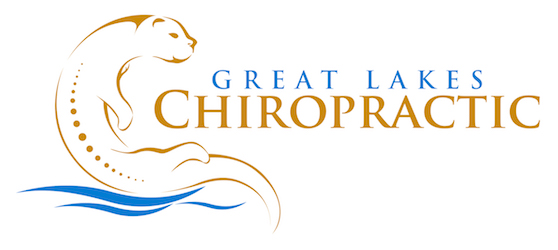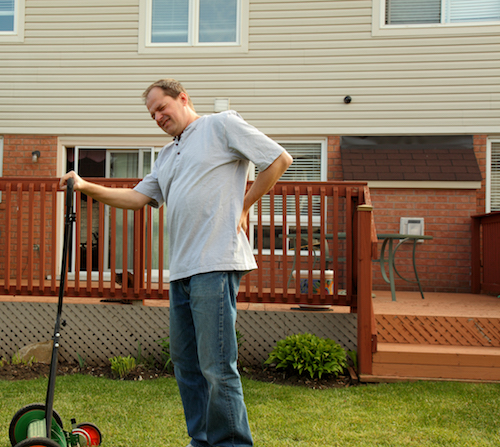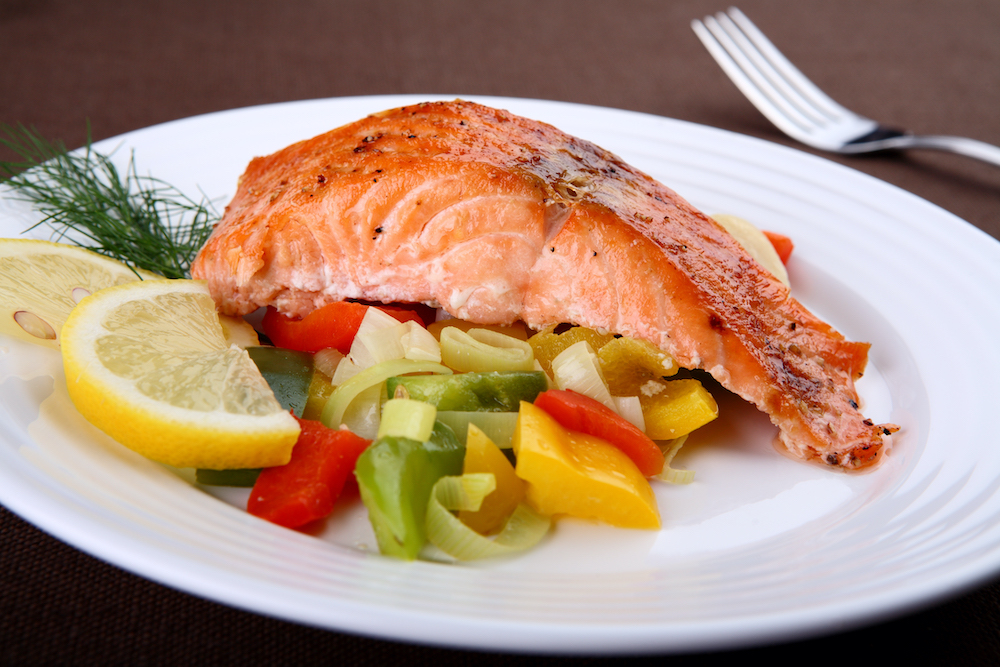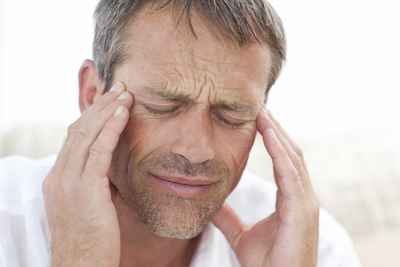
3 Ways You Can Relieve Your Neck Pain
It’s back to school time for students, and for many adults, it’s been back to work as well. The increased amount of time sitting at a desk, working from a computer, along with the increase in stress can be a primary cause of neck pain and discomfort.
What Causes Neck Pain?
 There are so many different causes of neck pain, but in the interest of this blog, let’s focus on the type that develops when you have been stressed and hunched over a computer or reading in a seemingly comfortable position for several hours a day.
There are so many different causes of neck pain, but in the interest of this blog, let’s focus on the type that develops when you have been stressed and hunched over a computer or reading in a seemingly comfortable position for several hours a day.
What Steps Can I Take?
The combination of poor posture and muscle strain causes discomfort and occasionally, pain. Thankfully there are many ways your chiropractor can help you to relieve this pain while teaching you ways to prevent it. Here are 3 ways you can relieve your neck pain at home, while ensuring you are visiting with your chiropractor as well:
Stretches. There are a few common muscles that are associated with neck pain, all of which are located in the upper back and neck.
For the first stretch: while sitting or standing with a relaxed posture, allow your shoulders to drop down while you gently push your left ear to your left shoulder. The stretch will be felt in the side of your neck, hold it for 10 seconds. Then repeat on the other side. You can do this stretch for 3 reps on each side.
The second stretch can be done with the same relaxed posture, but tilt your head forward and reach over the top of your head with your hand and gently pull it to the side. You should feel this stretch in your upper back. Like the last one, hold for 10 seconds and repeat for 3 reps on each side.
Exercise your neck.
Chin tucks are a great way to strengthen your neck, they work by strengthening the deep neck muscles. This exercise can be performed standing or laying down. If you are standing, ensure that you are standing with a neutral posture, then actively pull your chin back, as if to create a double chin. If laying down, gently press the back of your head into the pillow, creating a double chin. Hold either of the variations for 10 seconds and repeat three times.
Keep moving. It’s so easy to get lost in what you are doing for long periods of time, but taking the time to get up and move around will save every aspect of your posture while working. Movement is always the key to keeping your body working well and free of discomfort.
If you struggle with taking breaks, set an alarm for every 30 minutes (if you can) and just stand up and stretch your arms straight up above your head and walk around a bit. If you cannot leave your desk, the simple change in position and light stretch will not only wake you up but it will ensure your blood is flowing and your muscles are moving.
Make Sure You Know The Cause
In some cases, neck and back pain are a sign of something serious, but if you have ruled out all the other possibilities, a Chiropractor is the best person to assess your condition and create a program for your body so you can avoid stiffness and pain.
Degenerative Disc Disease and Chiropractic
You’ve had pain that becomes worse when you are lifting, bending or twisting, you feel better while running, walking or even standing, and you feel better when you change positions or when you lay down? Would you describe this as bouts of moderate to severe pain that comes and goes?
 This sounds a lot like degenerative disc disease.
This sounds a lot like degenerative disc disease.
Can Chiropractic Help?
Reaching out to us is an excellent addition to your existing health care team. As a disc degenerates it irritates nerves. When nerves become irritated, pain and numbness is the consequence. Chiropractors have specific training and know how to best deal with disc degeneration and the resulting nerve issues.
Ultimately, the goal of a Chiropractor is to treat the degenerating discs by improving the joint mechanics and motion while reducing the irritation and inflammation. Where advanced degenerative disc disease is present, this is not always possible. However, we will assess how far the disease has progressed.
What Does Treatment Look Like?
Stimulating the circulation in the compromised disc relieves the nerves, and the addition of proper nutrients and clear forms of movement will help to stimulate the regeneration of the discs.
Spinal adjusting is a main option for care when it comes to disc degeneration treatments and the most common used techniques include:
- Flexion Distraction Technique: A non-thrusting technique that is generally used for treating herniated discs and spinal stenosis.
- Specific Adjustments – Using more of a ‘hands-on’ technique, we use a thrusting motion and target the specific joints that are restricted or are showing abnormal motion.
- Instrument Assisted Adjustments – Chiropractors can use an instrument to apply pressure without directly thrusting into the spinal area.
We will Develop a Plan
Whichever care plan is right for you will be discussed when you visit us. For some, it is one method, for others it is a combination of methods that will help to achieve the desired results and pain relief.
The chronic pain associated with degenerative disc disease will eventually alter the way you live. The constant anticipation of when it will flare up again, mixed with the lifestyle changes that will be made as a result of pain can usually be avoided with consistent and proactive Chiropractic care.
Ultimately, there is no cure for degenerative disc disease. But with adequate medical and Chiropractic care, nutrition, and careful movement – regaining of spinal motion and health can begin! Living with chronic pain is no way to live, and your decision to see us to treat your degenerative disc disease will be your first step towards relieving this pain and preventing it from taking over the way you live.
It’s never too late to begin a new treatment plan, so go ahead and contact us for an assessment.


 Here are a few ideas that can get your plans in motion:
Here are a few ideas that can get your plans in motion: All About Golfer’s Elbow
All About Golfer’s Elbow There are quite a few ways to do so:
There are quite a few ways to do so:
 Did you know that one in three people over age 65 falls at least once each year?
Did you know that one in three people over age 65 falls at least once each year?  One that you may not have considered yet? Avocado.
One that you may not have considered yet? Avocado.
 The TMJ is what connects the skull in front of the ear to the jaw. There are also some muscles that control your chewing that are attached to your lower jaw. This is why some people experience deep inner ear pain followed by an ache in the jaw that can become quite painful.
The TMJ is what connects the skull in front of the ear to the jaw. There are also some muscles that control your chewing that are attached to your lower jaw. This is why some people experience deep inner ear pain followed by an ache in the jaw that can become quite painful.

 Many of us have gone from not having time to engage in hours of gardening a day, to having nothing but time to replot our entire yards. Our bodies simply aren’t accustomed to so much activity, or to this type of activity. Just as we would prepare our bodies for a new workout, we must prepare our bodies for gardening. All it takes are a few light stretches and some moving to ensure we are not going to cause an injury. Ask you chiropractor what the best course of action is for you before proceeding, it’s better to be proactive rather than reactive!
Many of us have gone from not having time to engage in hours of gardening a day, to having nothing but time to replot our entire yards. Our bodies simply aren’t accustomed to so much activity, or to this type of activity. Just as we would prepare our bodies for a new workout, we must prepare our bodies for gardening. All it takes are a few light stretches and some moving to ensure we are not going to cause an injury. Ask you chiropractor what the best course of action is for you before proceeding, it’s better to be proactive rather than reactive! What’s Going On?
What’s Going On?
 The benefits of stretching are the most talked about and the most ignored when it comes to what are thought to be ‘regular activities’ like walking, gardening, or even grocery shopping. Since we’re in the beginning of a brand new season, let’s revisit these benefits:
The benefits of stretching are the most talked about and the most ignored when it comes to what are thought to be ‘regular activities’ like walking, gardening, or even grocery shopping. Since we’re in the beginning of a brand new season, let’s revisit these benefits: Drinking more water seems easy enough, until you begin measuring your water intake. If you have lived with a habit of drinking too little water, consuming more (or adequate amounts) can feel like an entire job in itself.
Drinking more water seems easy enough, until you begin measuring your water intake. If you have lived with a habit of drinking too little water, consuming more (or adequate amounts) can feel like an entire job in itself.
 Over this past year people have become familiar with the millions of new apps available to monitor and execute new routines that include exercise and diet, and I’m a fan of anything that keeps people moving safely.
Over this past year people have become familiar with the millions of new apps available to monitor and execute new routines that include exercise and diet, and I’m a fan of anything that keeps people moving safely. Being connected to others in whatever capacity you are comfortable is something that can keep us all feeling grounded and part of a bigger community. Sharing a common interest, a laugh, even small talk in the grocery check out line has the ability to uplift our mood. We are social beings, and isolation can cause us to feel disconnected from the rest of the world. It’s true, some people prefer to be alone; but having no one to connect with when we want to be social can be lonely. Having connections with others helps us to regulate our moods and can allow us to feel more relaxed.
Being connected to others in whatever capacity you are comfortable is something that can keep us all feeling grounded and part of a bigger community. Sharing a common interest, a laugh, even small talk in the grocery check out line has the ability to uplift our mood. We are social beings, and isolation can cause us to feel disconnected from the rest of the world. It’s true, some people prefer to be alone; but having no one to connect with when we want to be social can be lonely. Having connections with others helps us to regulate our moods and can allow us to feel more relaxed.
 Here are 7 tips to keep you motivated and active during the winter months:
Here are 7 tips to keep you motivated and active during the winter months: If you want to stay injury-free, there are some easy guidelines you can follow to minimize your chance of being sidelined.
If you want to stay injury-free, there are some easy guidelines you can follow to minimize your chance of being sidelined. 
 You probably know that carpal tunnel syndrome has something to do with pain in the hands. To understand more, it’s important to learn about the anatomy of the wrist and hand.
You probably know that carpal tunnel syndrome has something to do with pain in the hands. To understand more, it’s important to learn about the anatomy of the wrist and hand. Omega-3s are fatty acids that are classified as polyunsaturared fatty acids. Omega-3 is an umbrella term used to refer to different forms of these fatty acids, which include ALA, EPA and DHA.
Omega-3s are fatty acids that are classified as polyunsaturared fatty acids. Omega-3 is an umbrella term used to refer to different forms of these fatty acids, which include ALA, EPA and DHA. 
 Headaches become a burden once an individual has to begin taking time off work, or has to amend their day to day activities to recuperate. The most common way people treat their headaches is with pharmaceuticals like Ibuprofen, Aspirin, Acetaminophen, or prescription medication. The long term effects of these can range from upset stomach, to ulcers, to liver or kidney damage.
Headaches become a burden once an individual has to begin taking time off work, or has to amend their day to day activities to recuperate. The most common way people treat their headaches is with pharmaceuticals like Ibuprofen, Aspirin, Acetaminophen, or prescription medication. The long term effects of these can range from upset stomach, to ulcers, to liver or kidney damage.  Ice or cold packs are excellent home remedies, but there are a few things to consider when using them.
Ice or cold packs are excellent home remedies, but there are a few things to consider when using them.